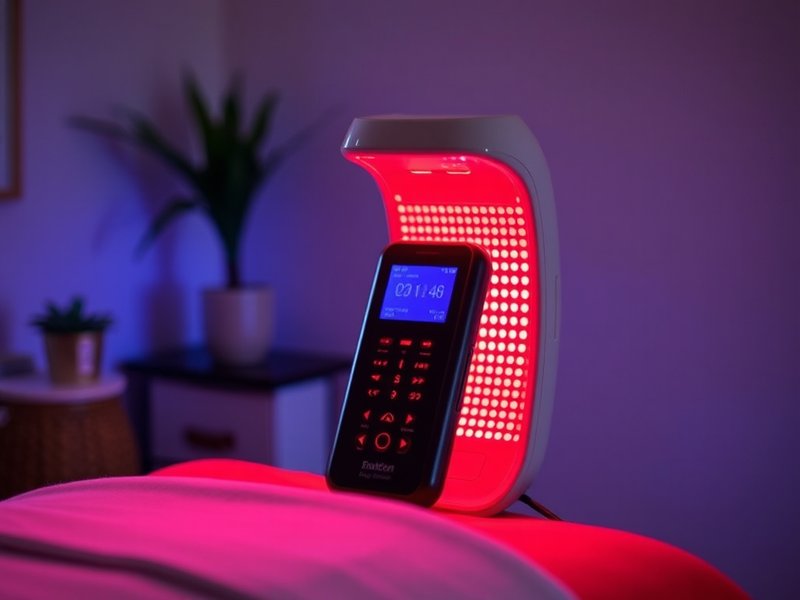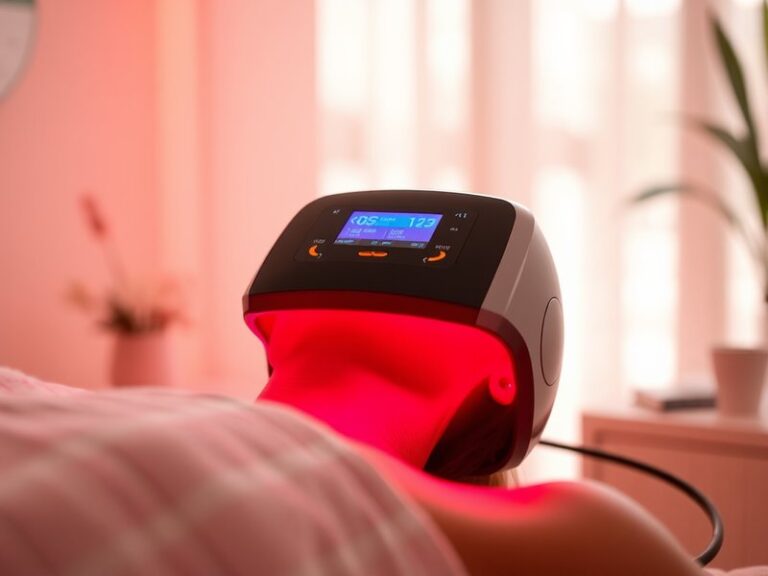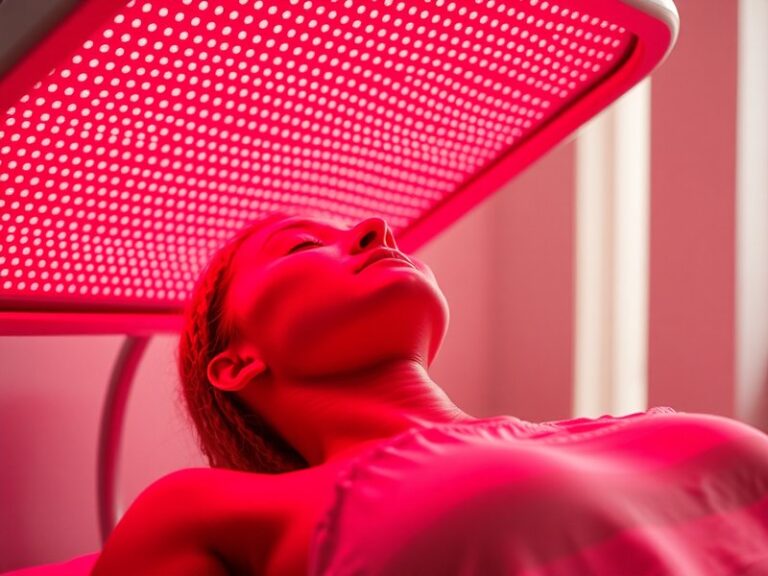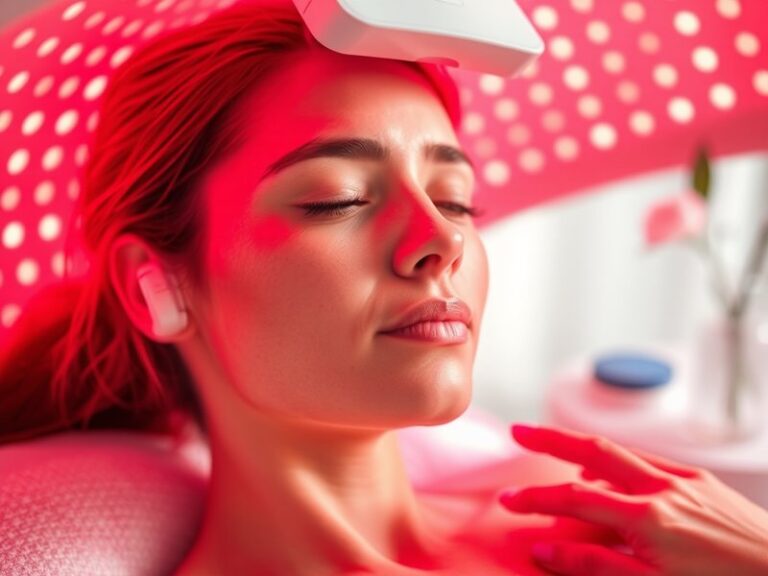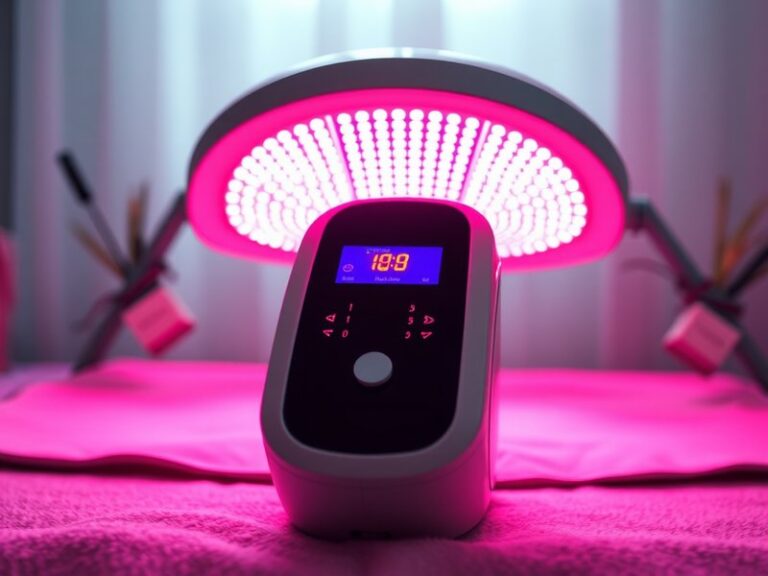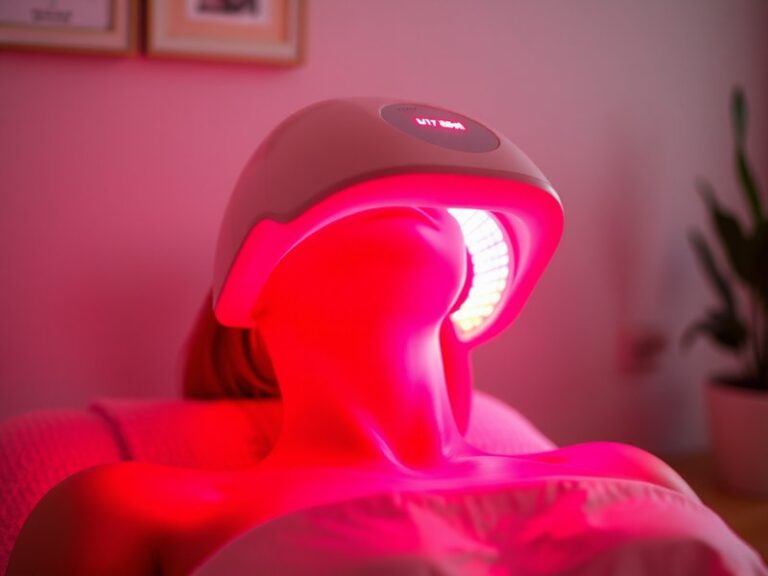How Many Times A Week Should I Use Red Light Therapy?
How Many Times A Week Should I Use Red Light Therapy?
Are you considering incorporating red light therapy into your wellness routine? Understanding how frequently to use this innovative treatment can enhance its effectiveness and help you achieve the best results.
In this article, we will explore red light therapy, its numerous benefits, scheduling recommendations, considerations, and alternatives. By the end, you will have a comprehensive understanding of how to effectively integrate red light therapy into your weekly regimen.
Key Takeaways
- Red light therapy can be beneficial for various conditions, with frequency tailored to individual needs and treatment goals.
- Many users experience significant benefits after using red light therapy a few times per week, with sessions lasting 10 to 30 minutes each.
- Individual responses to therapy may vary; consulting with a healthcare provider is advised for optimal results.
What is Red Light Therapy?
Red light therapy (RLT) is a non-invasive treatment that employs low-level wavelengths of red light to stimulate cellular function. It works by penetrating the skin to promote healing, reduce inflammation, and enhance overall skin appearance.
Originally developed for medical applications, red light therapy now finds its place in a variety of personal wellness practices. Devices range from handheld units to full-body panels, making it accessible for at-home use.
How Does Red Light Therapy Work?
RLT works by stimulating the mitochondria in cells, which increases adenosine triphosphate (ATP) production. ATP is the energy currency of the cell, crucial for healing, regeneration, and overall cellular health.
Additionally, red light therapy enhances blood circulation and reduces oxidative stress—important factors in managing chronic pain and skin issues.
What are the Benefits of Red Light Therapy?
Red light therapy offers a multitude of benefits that can contribute to better health and well-being. Let’s examine some of the key advantages:
Enhanced Skin Health
Red light therapy is known to improve skin tone, reduce wrinkles, and help with conditions like acne and rosacea. Many users report improved complexion and elasticity after consistent treatment.
Reduced Pain and Inflammation
RLT can alleviate pain associated with arthritis, joint disorders, and muscle soreness. Its anti-inflammatory properties help speed recovery and reduce swelling, making it favored among athletes.
Improved Mood and Sleep Quality
By supporting cellular function and reducing stress levels, red light therapy can contribute positively to mental health. Regular use may help improve sleep patterns and reduce symptoms of depression and anxiety.
Boosted Muscle Recovery
Athletes frequently use RLT to accelerate muscle recovery post-exercise. Studies have shown that using RLT after workouts can enhance performance and reduce delayed onset muscle soreness (DOMS).
Wound Healing Promotion
RLT has been shown to enhance healing in surgical wounds, burns, and other injuries. The increased circulation and collagen production facilitate faster recovery times.
Is it Possible to Use Red Light Therapy Daily?
Daily use of red light therapy is possible, but it’s essential to use the treatment thoughtfully. While many people benefit from frequent sessions, others may find that less frequent use is equally effective.
What are the Advantages of Daily Use?
Daily use can promote continuous benefits, such as improved skin health, consistent pain relief, and sustained energy levels. Many users enjoy addressing different conditions with a dedicated routine.
What are the Disadvantages of Daily Use?
On the other hand, daily use may lead to overstimulation for some individuals, potentially causing skin irritation or fatigue. Additionally, users must ensure they allow adequate recovery time for their bodies, especially when using other therapies.
What are the Things to Consider Before Starting Red Light Therapy?
Before beginning red light therapy, several factors should be evaluated to ensure a safe and effective experience.
Skin Sensitivity
Individuals with sensitive skin or certain skin conditions should consult with a healthcare provider before engaging in RLT. Monitoring how the skin reacts during initial sessions is crucial.
Treatment Goals
Clarify what you aim to achieve with red light therapy. Whether it’s pain relief, improved skin, or enhanced recovery, the frequency and duration may vary based on your specific goals.
Device Type and Specifications
Different devices have varying wavelengths and intensities. Research and choose a high-quality device that aligns with your treatment needs for optimal results.
Health Conditions
Consider any pre-existing health conditions. Those with conditions like epilepsy or those who are pregnant should consult medical professionals before starting treatment.
What are the Alternatives to Red Light Therapy?
For those considering alternatives to red light therapy, there are several other methods worth exploring.
Get insights from Does Red Light Therapy Reverse Aging?
Infrared Therapy
Similar to RLT, infrared therapy penetrates deeper layers of the skin. It’s particularly known for its effectiveness in pain relief and muscle relaxation.
Cold Laser Therapy
This low-level laser therapy is also used to treat pain and promote healing. It employs different wavelengths compared to red light therapy, providing alternative healing properties.
Ultrasound Therapy
Often used in physiotherapy, ultrasound therapy uses sound waves to promote tissue healing and relieve pain. It can be a good alternative for those focusing primarily on musculoskeletal issues.
See our extensive coverage Red bulb for red light therapy?
Topical Treatments
Various topical creams and therapies are also available, targeting specific skin conditions or pain relief. These may be combined with RLT for enhanced outcomes.
Conclusion: Is it Recommended to Use Red Light Therapy Weekly?
In summary, incorporating red light therapy into your weekly routine can greatly benefit your health, skin, and overall well-being. While many users find success with several sessions a week, personal experiences will vary based on individual needs and conditions. Listening to your body and consulting with healthcare professionals will help optimize your therapy experience.
Frequently Asked Questions
How long should each red light therapy session last?
Most sessions last anywhere from 10 to 30 minutes, depending on the device and treatment area. Beginners may start with shorter sessions.
Can anyone use red light therapy?
While RLT is generally safe for most individuals, those with specific health conditions should consult with a healthcare provider before starting treatment.
What side effects can occur from using red light therapy?
Possible side effects include mild skin irritation or temporary redness. These are usually minimal and subside quickly.
How quickly can I expect to see results from red light therapy?
Results vary by individual and condition but many users report noticeable improvements within a few weeks of regular use.
Is red light therapy safe for children?
Red light therapy is generally considered safe for children, but it’s best to consult a pediatrician prior to treatment.
